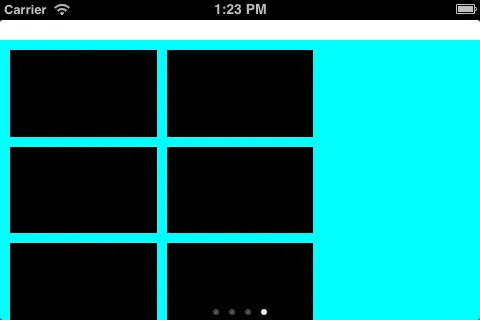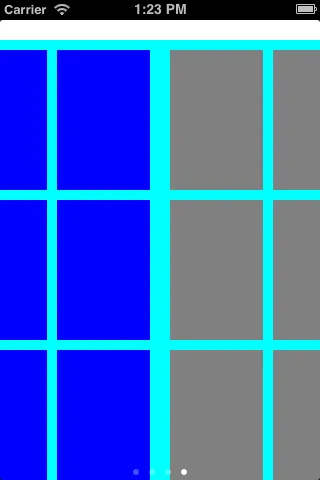

我正在准备一个支持所有方向(高度和宽度调整)且启用分页的GridView。
在我的示例中,我使用了3*3网格,并添加了一些虚拟透明单元格来显示它。但是,在最后一页并将方向从横向更改为纵向时,分页不起作用。
我在willRotateToInterfaceOrientation中使用了以下代码:
CGPoint scrollTo = CGPointMake(self.frame.size.width * mPageControl.currentPage, 0);
[self setContentOffset:scrollTo animated:YES];
但是,当从横向模式切换到纵向模式时,页面仍然会跳转到倒数第二页,而在从纵向模式切换到横向模式时,它能够正常工作。